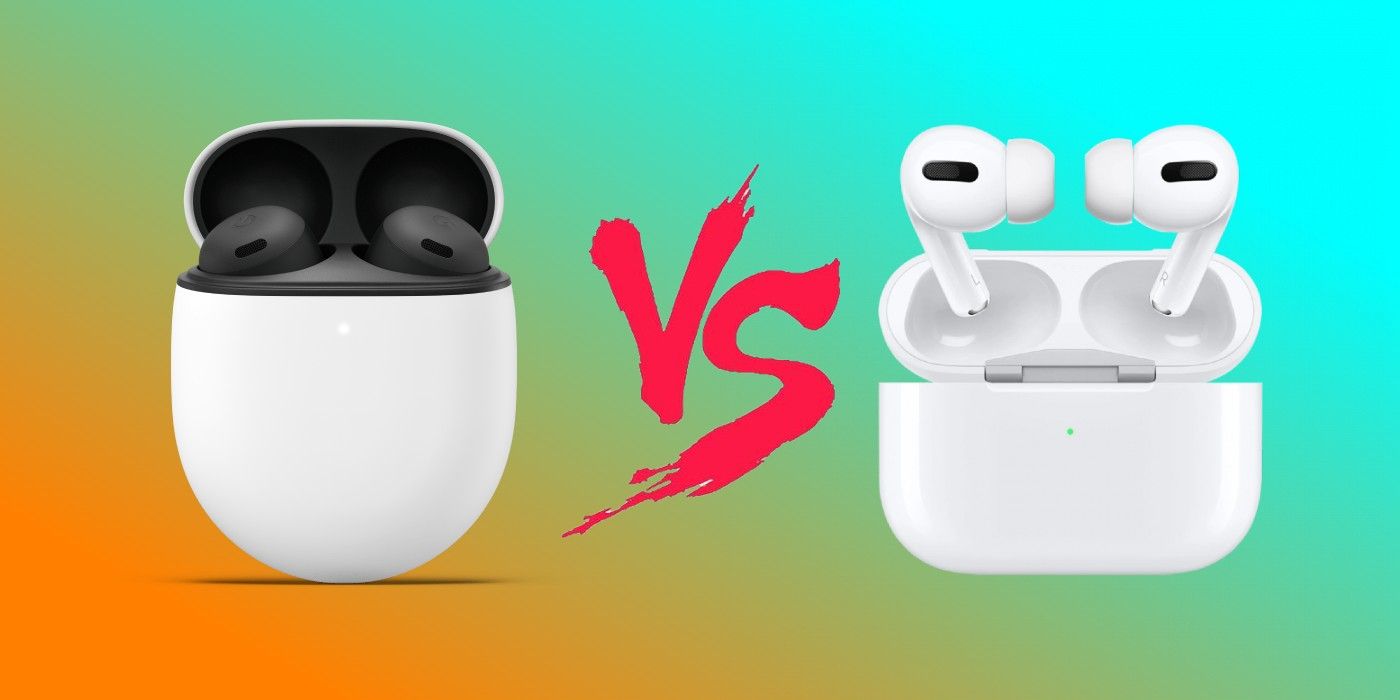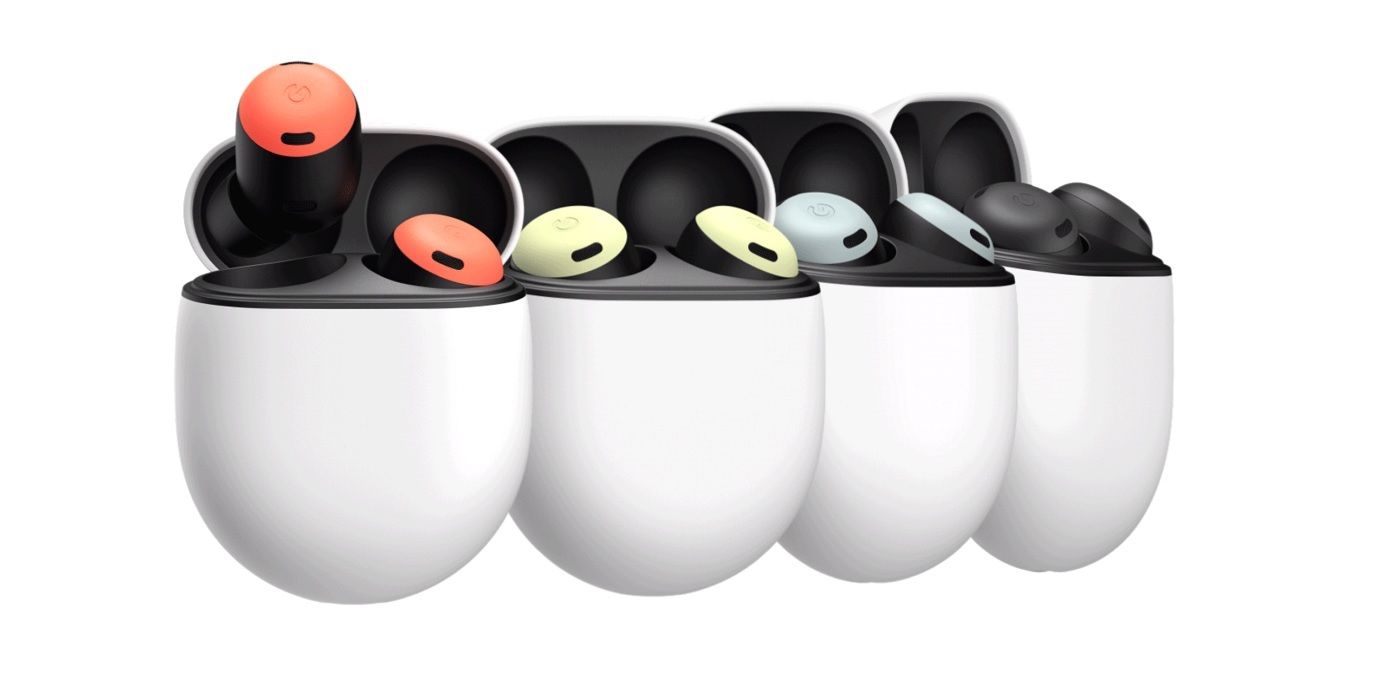The Pixel Buds Pro is Google's first premium earbuds, but how does it compare to Apple's premium earbuds, the AirPods Pro? The AirPods Pro sits at the top of Apple's earbuds line. It was released in 2019 and is reported to get a successor later this year. So while there is no harm in comparing Google's new earbuds to the AirPods Pro, the upcoming AirPods Pro 2 are the Pixel Buds Pro's main rival.
The Pixel Buds will also soon get another challenger in the form of the Galaxy Buds Pro 2, which will launch alongside the Galaxy Z Flip 4 and Galaxy Z Fold 4 at Samsung's upcoming Galaxy Unpacked event. The new earbuds will serve as the successor to the 2021 Galaxy Buds Pro.
Both earbuds have a closed-fit design and an IPX4 rating, but their overall look is contrasting. For example, the AirPods Pro have a stem that sticks out of the ears when worn, while the Pixel Buds Pro are round and stemless like Sony's LinkBuds S. Another key difference in their design is their weight. The AirPods Pro is lighter as each earbud weighs 5.4 grams. On the other hand, the Pixel Buds Pro is almost a gram heavier at 6.2 grams per earbud. Google has also gone for a two-tone color scheme and offers its earbuds in four colors — Charcoal, Coral, Fog and Lemongrass. This provides buyers with multiple options to choose from, unlike the AirPods Pro, which can only be purchased in white.
Pixel Buds Pro Work With iOS Devices Too
The Pixel Buds Pro and the AirPods Pro both use 11mm audio speaker drivers and have replaceable silicone tips. Another common feature of both pairs of earbuds is support for active noise cancellation (ANC) with a transparency mode. In addition, Google's earbuds have three microphones, while the AirPods Pro has two. The extra microphone should result in better noise cancellation on the Pixel Buds Pro. They also support touch controls so users can control playback and calls and switch between noise canceling modes. Unfortunately, there is no touch control to adjust the volume on the AirPods Pro unless the user calls on Siri or adjusts it on their phone.
While the Pixel Buds Pro and the AirPods Pro are compatible with Android and iOS devices, the experience varies depending on the device. Some features of the Pixel Buds Pro, such as Fast Pair, Google Assistant, Audio Switching and Find My, only work on Android phones and tablets. The Pixel Buds companion app is also not available for iOS devices. On the other hand, the AirPods Pro also limits certain functions to only Apple devices, such as the ability to customize touch controls, spatial audio, automatic device switching, mono playback and Hey Siri. In addition, Android users can't check the battery life of their AirPods Pro on their phones without the help of a third-party app, nor can they update their AirPods on an Android device. Another area where both earbuds differ is the battery life. The AirPods Pro has a battery life of five hours (4.5hours with ANC on) on a single charge, and it goes up to a total of 24 hours with the charging case. In contrast, the Pixel Buds Pro has a battery life of 11 hours (seven hours with ANC on) which goes up to a total of 31 hours with the charging case (20 hours with ANC on). While both support wireless charging, the AirPods Pro's case has a Lightning port for wired charging, while the Pixel Buds Pro's case has a USB-C port.
Both the Pixel Buds Pro and the AirPods Pro are pretty good earbuds in terms of the features they offer. However, the Pixel Buds Pro is better in terms of battery life. It is also the better choice for Android users as many features are available when they are connected to an Android smartphone or tablet. They are also cheaper at $199 compared to the AirPods Pro, which sells for $249. The same applies to the AirPods Pro, as they are better suited for Apple users than those who use Android or other operating systems.


